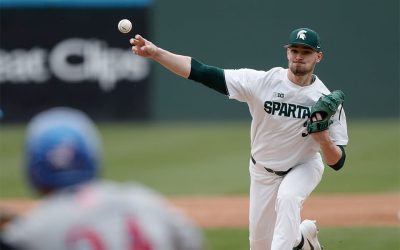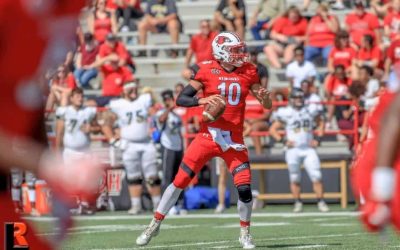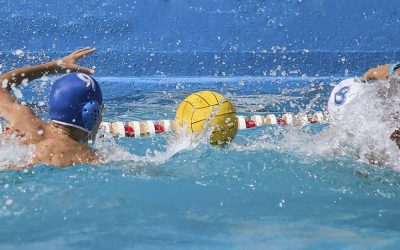In my practice, I’m privileged to work with many active seniors who seek my help to stay in the game well into their late eighties. I’ve treated senior swimmers and skiers, octogenarian...
Blog
Getting Back to Martial Arts: Paul Beierwaltes
Patient: Paul BeierwaltesOccupation: Martial Arts athleteAge at Surgery: 49Procedure: Two shoulder replacements “I’m now three years out from surgery, and I’m still advancing and...
An Elite College Pitcher with an Uncommon Injury: Mason Erla
Patient: Mason ErlaOccupation: College baseball pitcherAge at Surgery: 19Procedure: Repair of latissimus tendon “I really appreciated that Dr. Romeo was interested in my career post-surgery.”—Mason...
Orthopaedic Surgery as a Senior: What to Know, and How to Prepare
One of the most common myths I encounter as an elbow and shoulder surgeon is that orthopaedic surgery is too risky for seniors, either due to their age, other medical problems, or a combination....
How to Prevent Surgical Site Infections
After any surgery, there is a small chance of getting a surgical site infection (SSI). According to Infectious Disease Advisor, approximately 27 million surgical procedures are performed in the...
Is Latarjet Surgery The Right Choice For You?
In 1954, French surgeon Dr. Michel Latarjet published an exciting new surgical technique to treat unstable shoulders. Although it took a while for American surgeons to embrace this technique, it is...
College Quarterback & Comeback Kid: Daniel Santacaterina
Patient: Daniel SantacaterinaOccupation: Star quarterbackAge at Surgery: 18 and 21 Procedure: Repair of the flexor-pronator tendon of the right elbow in 2015; Repair of the infraspinatus tendon of...
What You Need to Know About Weighted Baseballs
In recent years, weighted-baseball training programs have become increasingly popular as young pitchers try to increase their throwing velocity. While a standard baseball weighs 5 oz, weighted...
Water Polo: A Fierce Game with a High Rate of Shoulder Injury
In a sport that requires the shoulder flexibility of a pro baseball pitcher combined with the shoulder strength of a NFL linebacker, it’s no surprise that shoulder injuries abound. Here’s how they...









